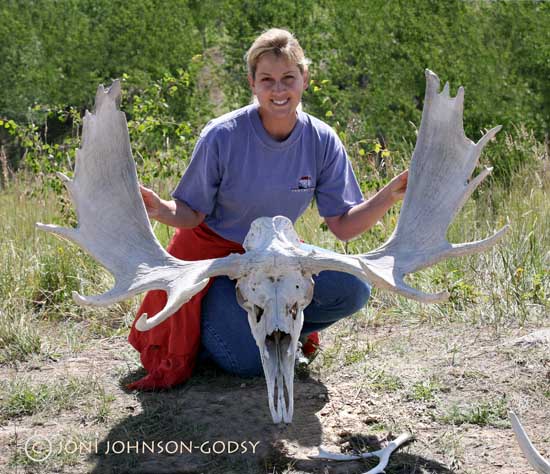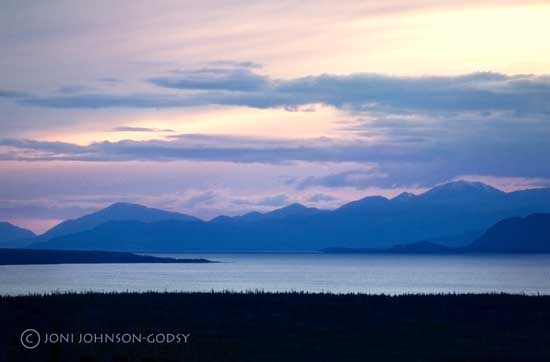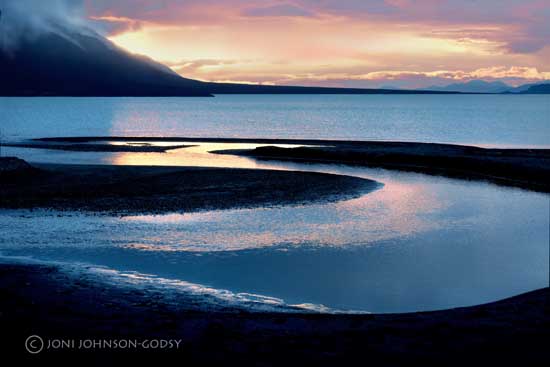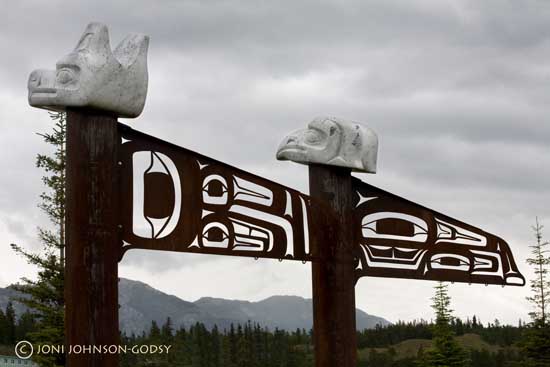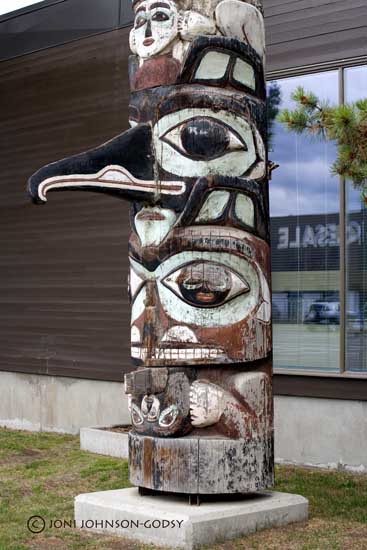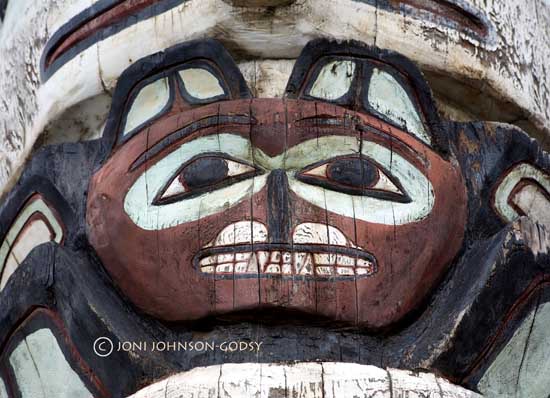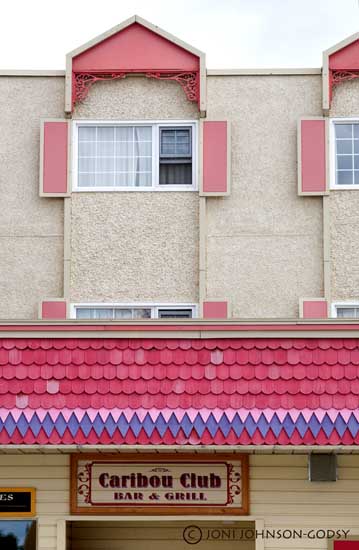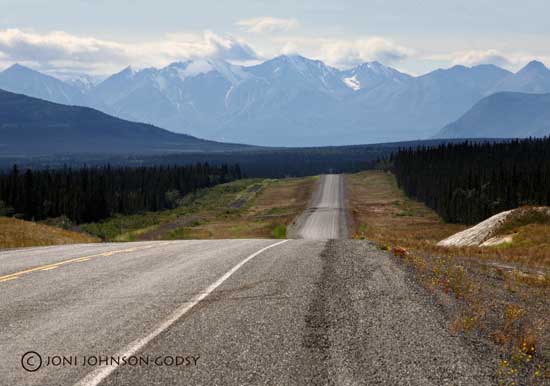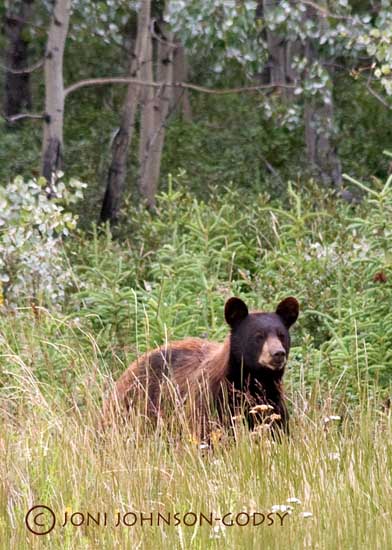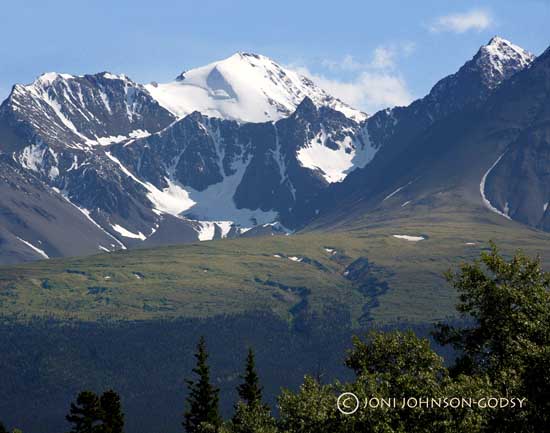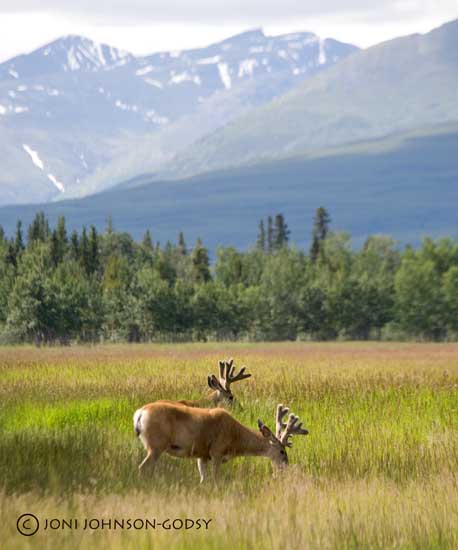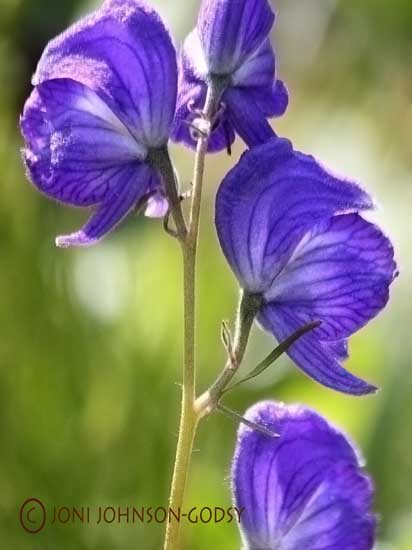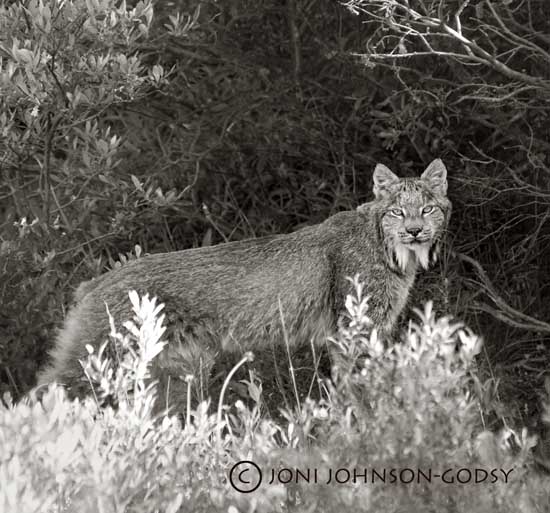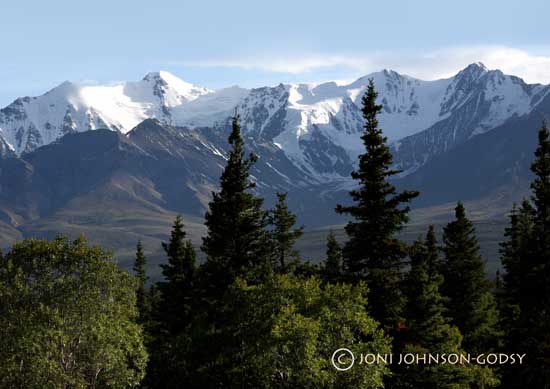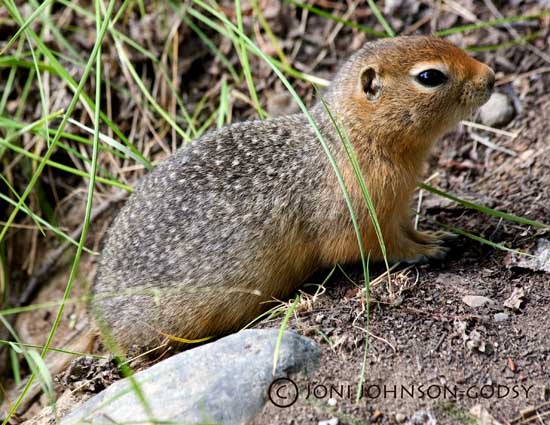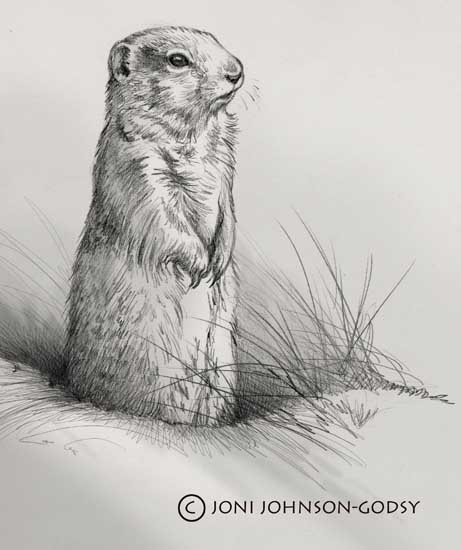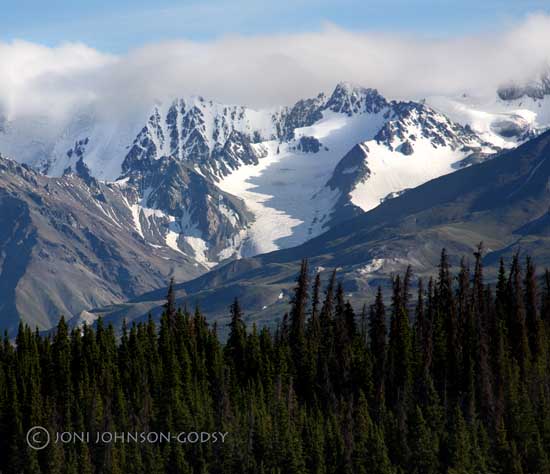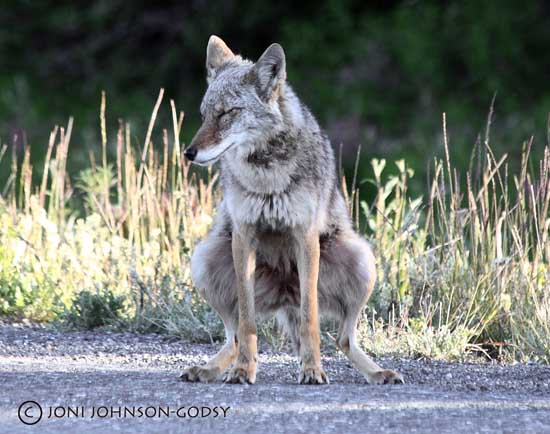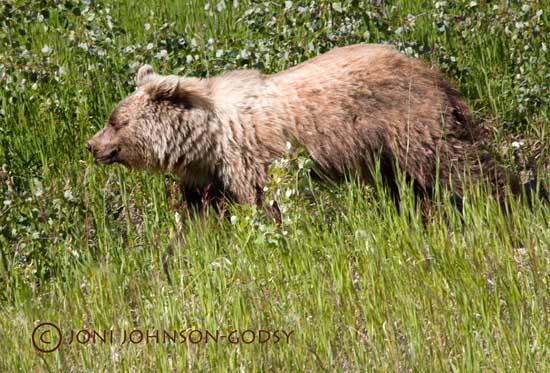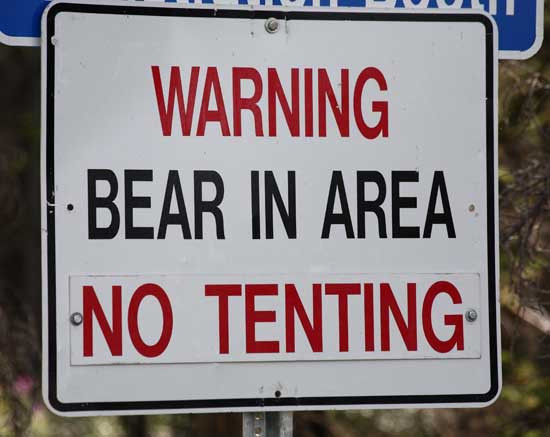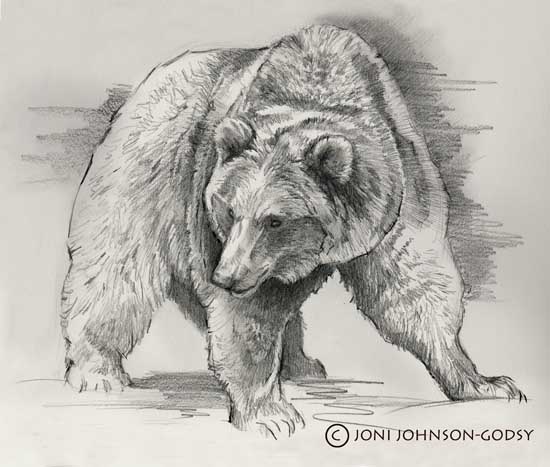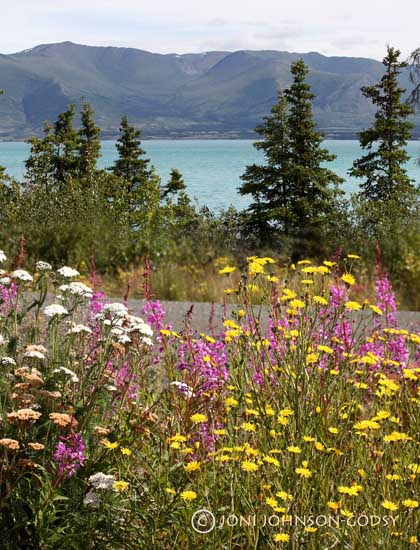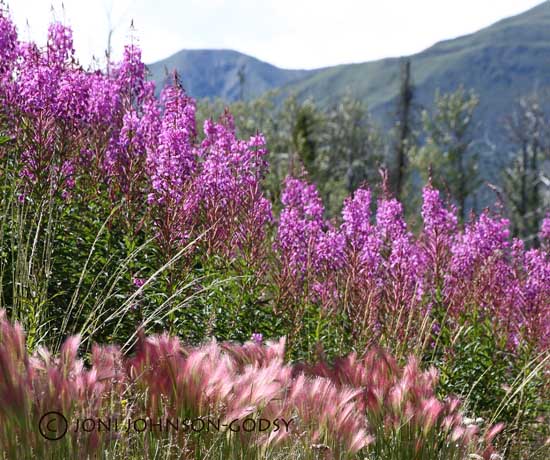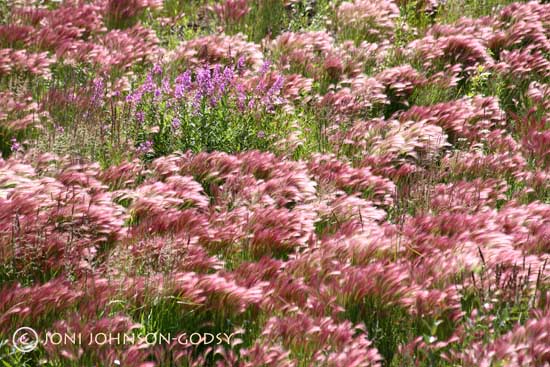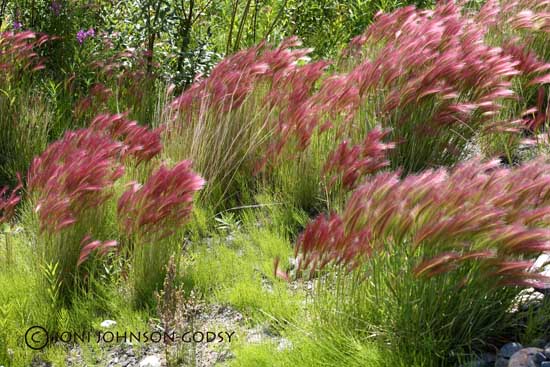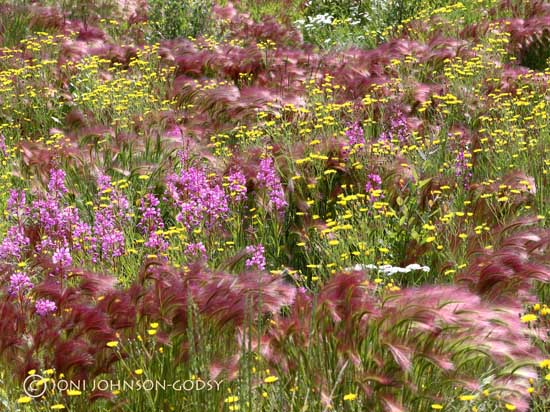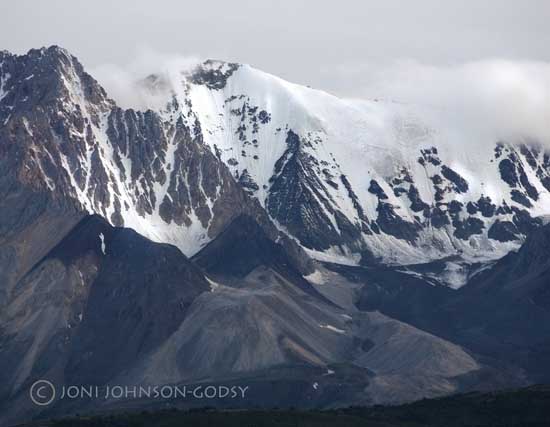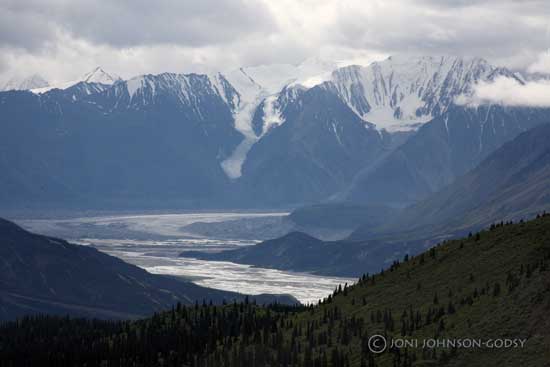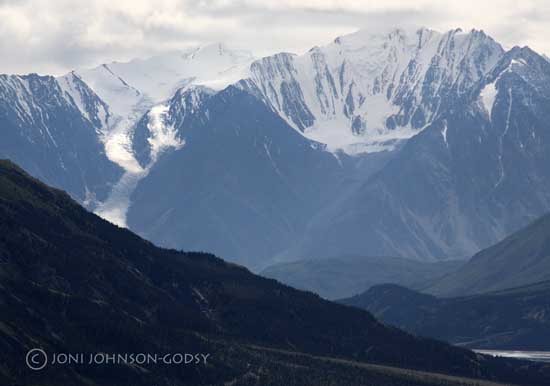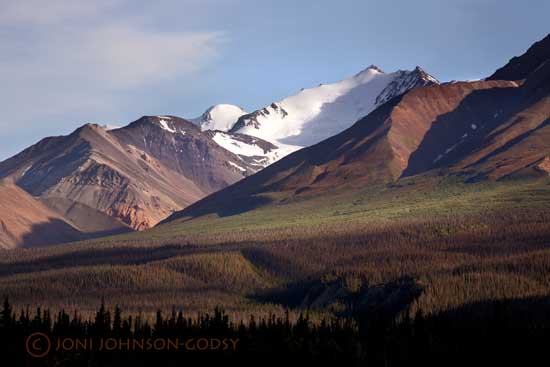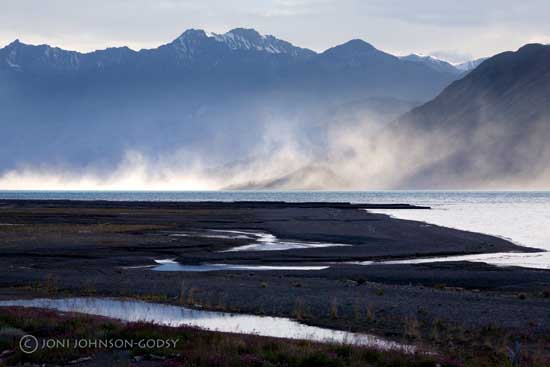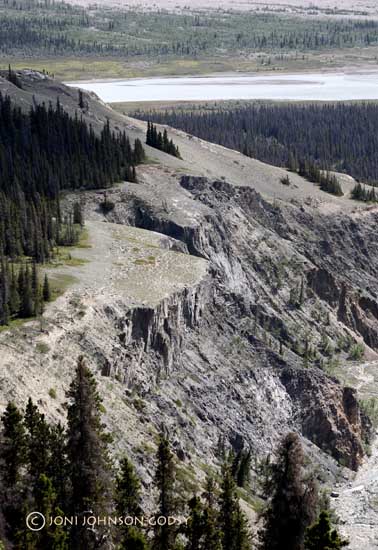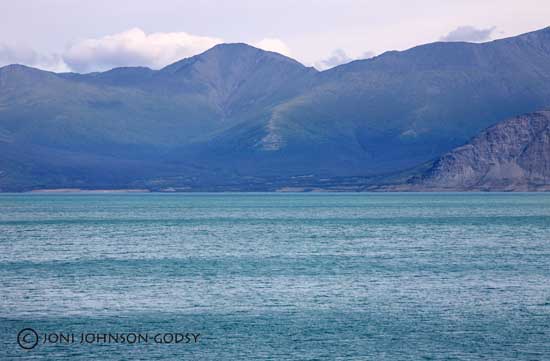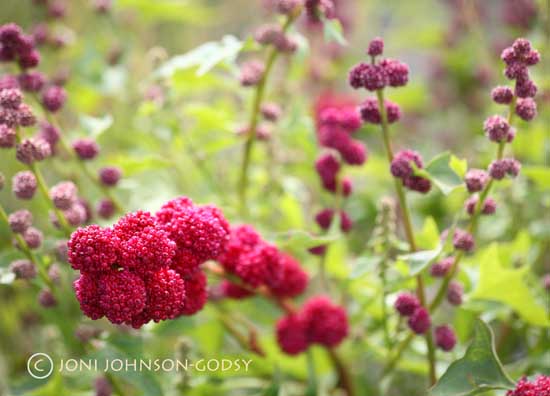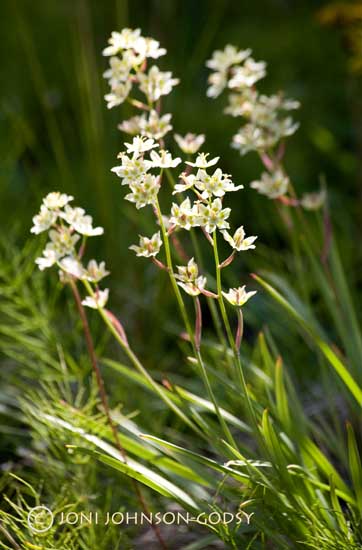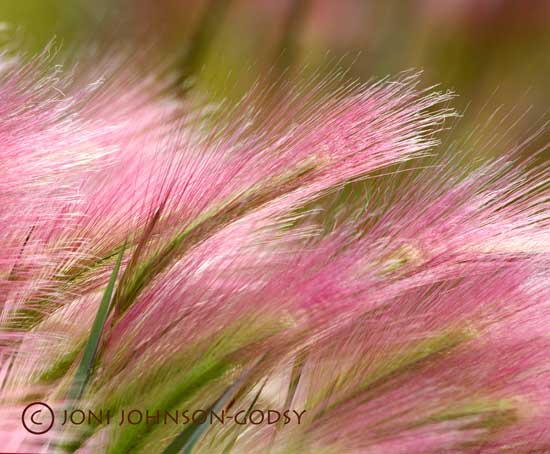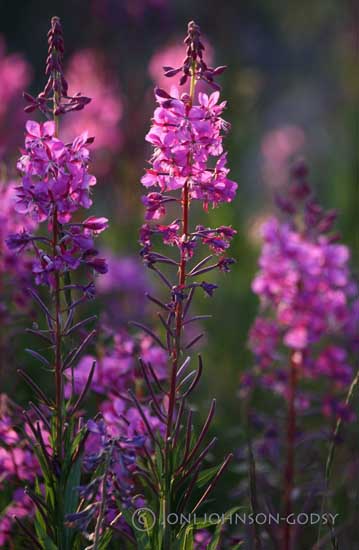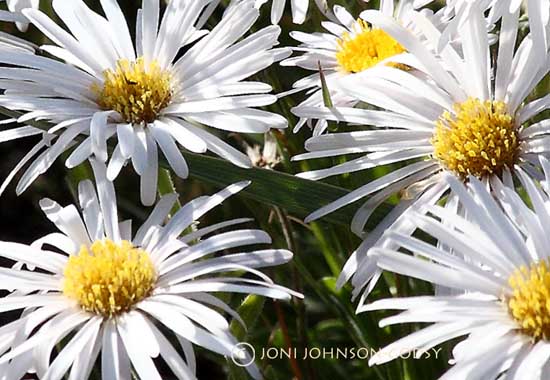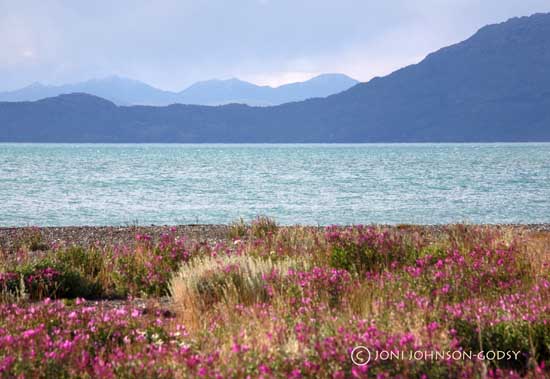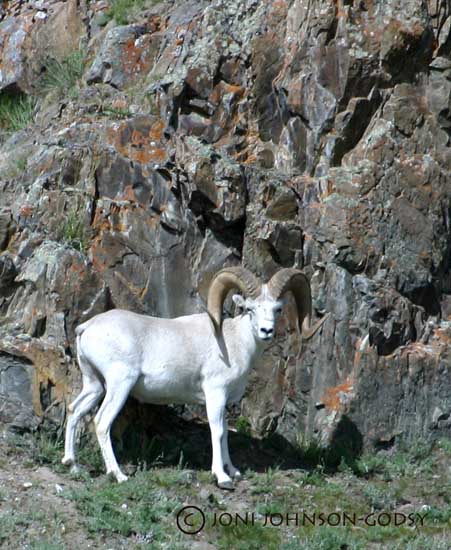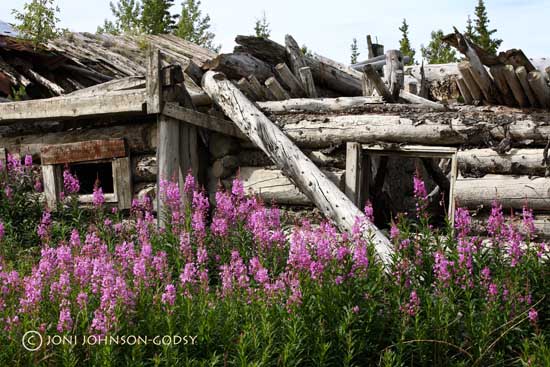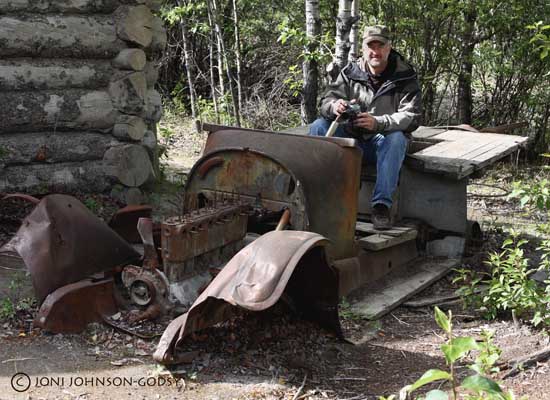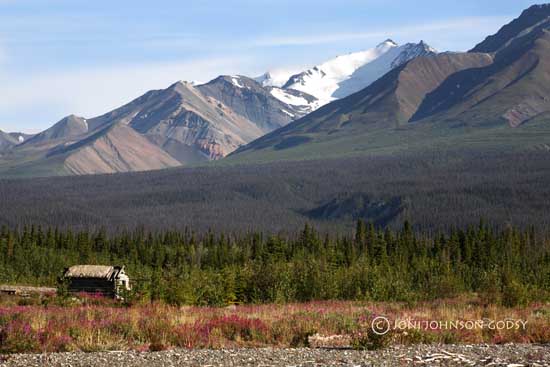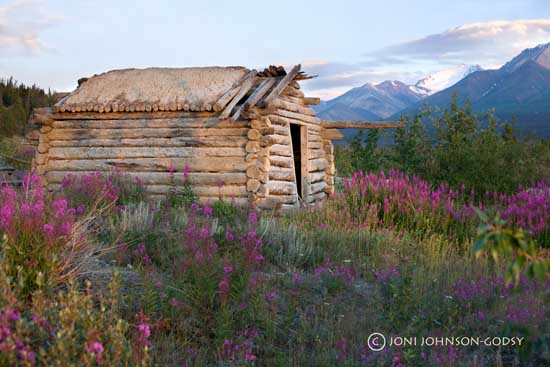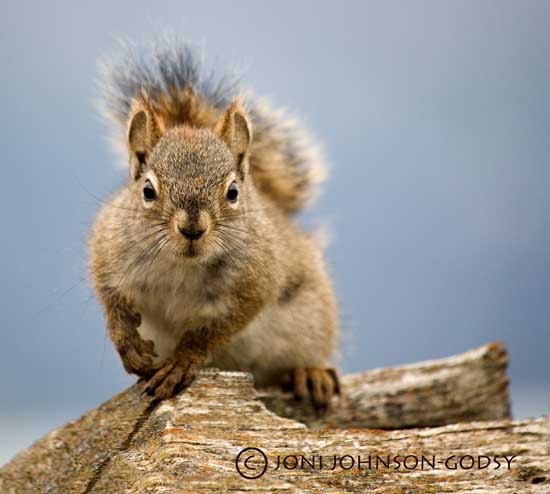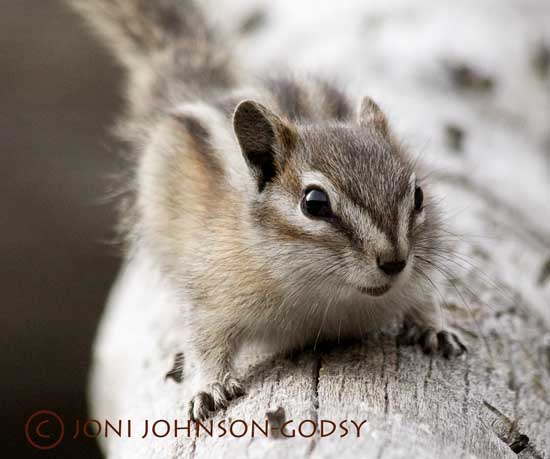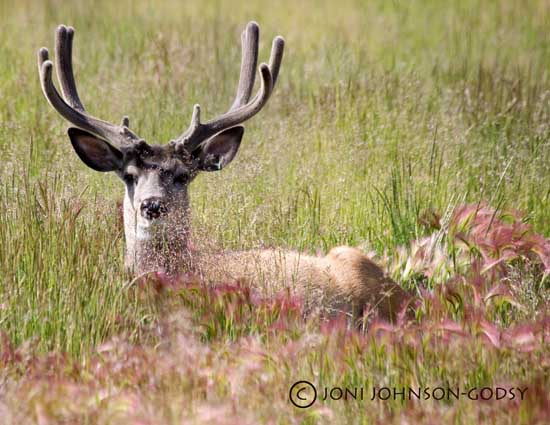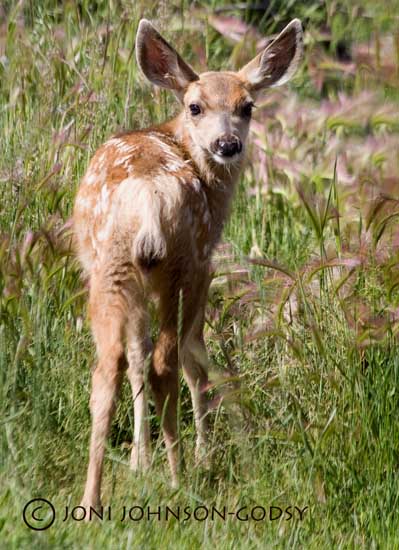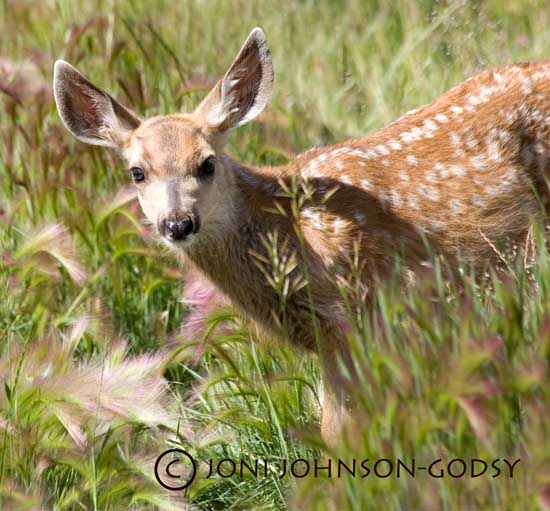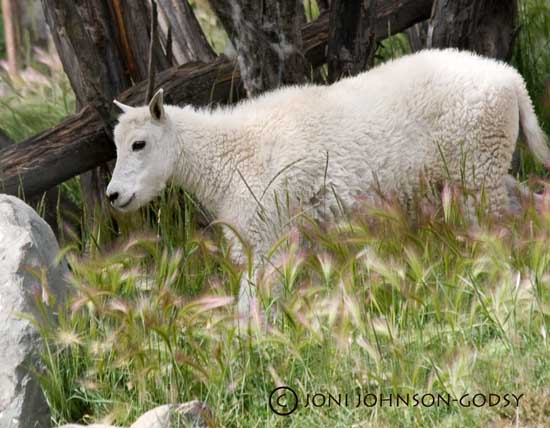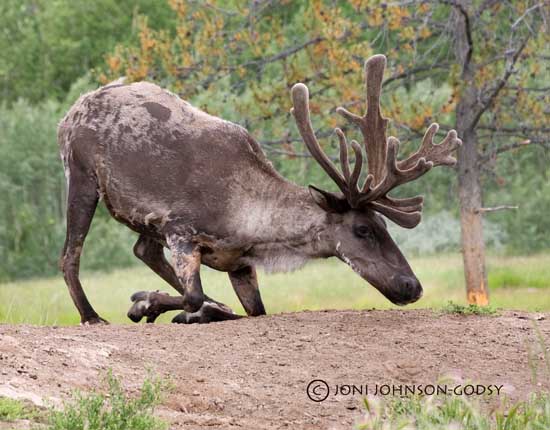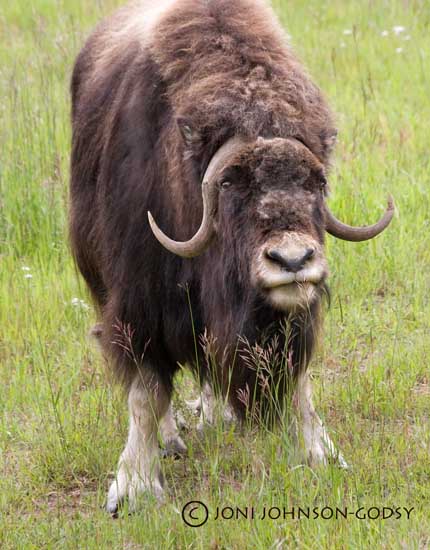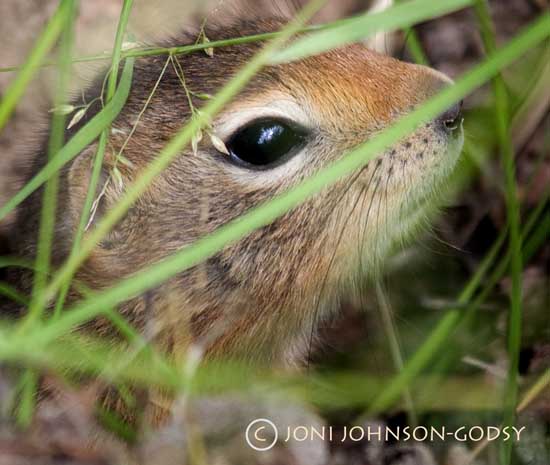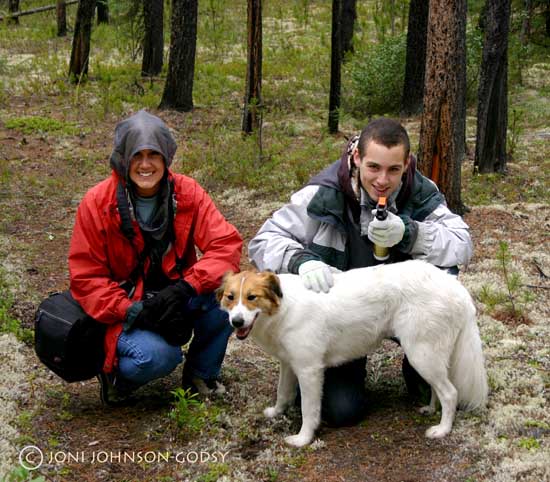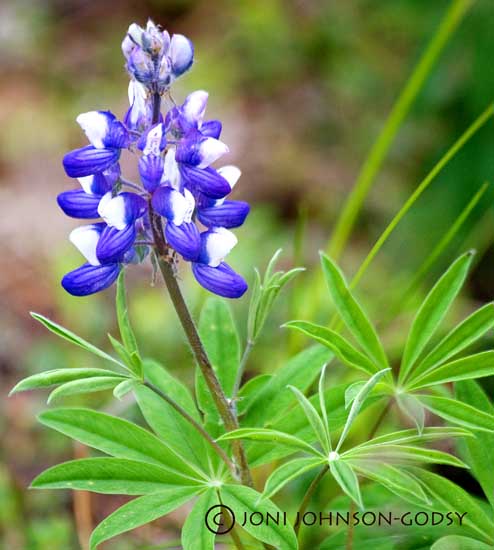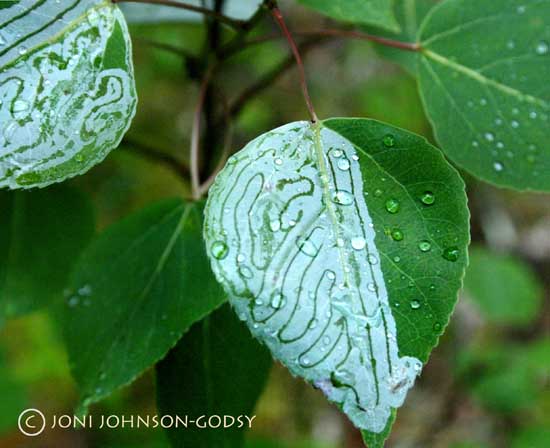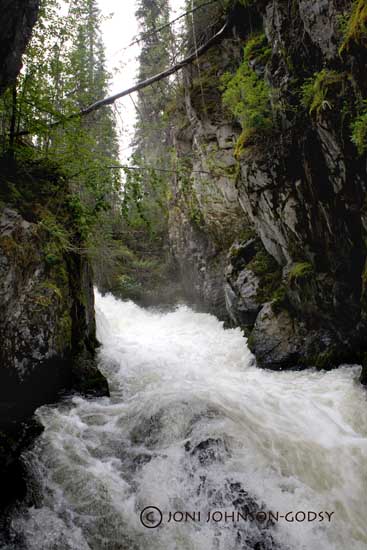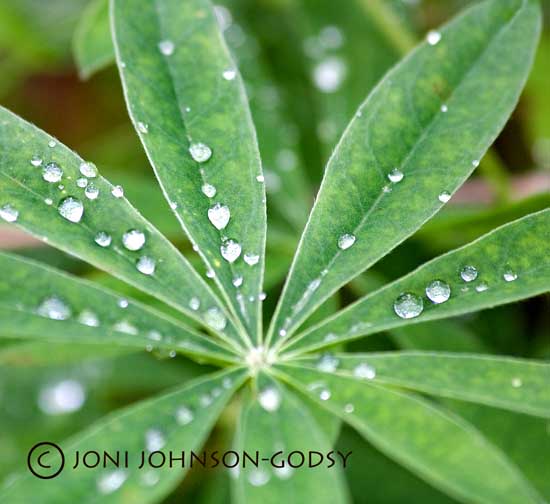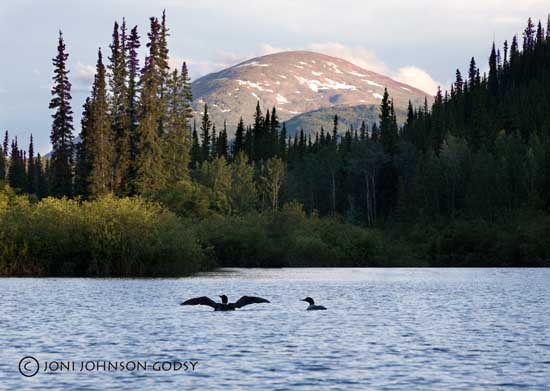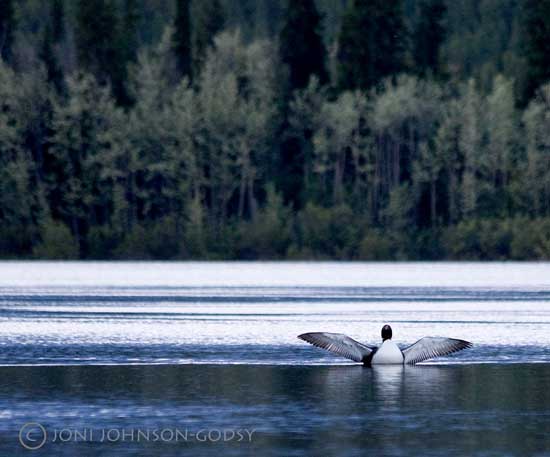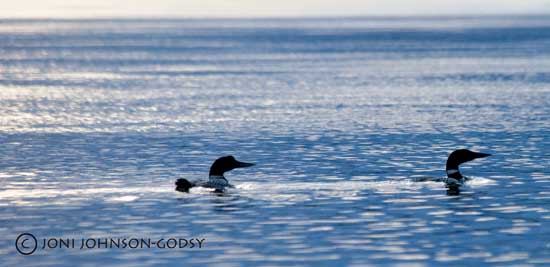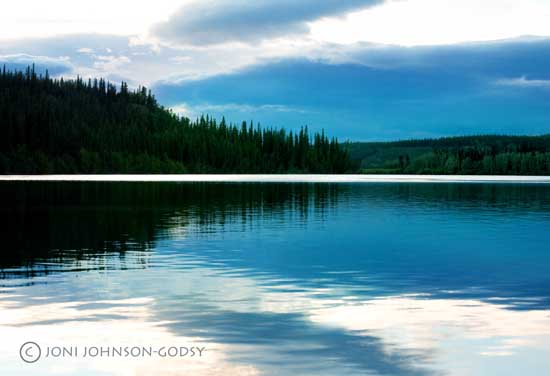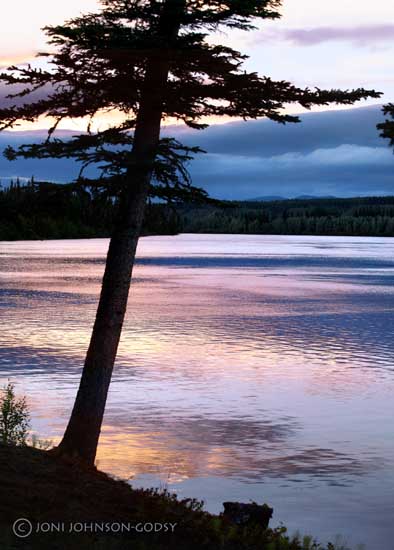The Yukon
There is a deep yearning in the hearts of the adventurous to see the wild as it once was before mankind took over the world. To look out onto vast lands that are still able somehow to carry the same wild magic that indigenous peoples once wrote of in legends and in song. This place still exists, not only in our hearts but in our modern world. It is the land of the midnight sun...
The Yukon is a place of contradiction and extremes. Darkness dominates around the clock in winter, and in summer the sun never sleeps, mingling with twilight for hours before climbing right back up into the sky. Summer days can be very warm. Winter is cruel and unrelenting, often plummeting to 40 degrees below zero. The animal life is no less extreme. Tiny chipmunks scamper around sometimes only yards away from the great brown bear of the north, the massive grizzly. Delicate wildflowers blow in cool breezes that come down off the glacial mountainsides. Perpetual darkness. A sun that never sleeps. Jagged ice fields and fragile flowers. Indeed, the Yukon is a magical place.
At day's end in summer the sun slides sideways along the the horizon.
What at first appears to be a sunset, only moments later becomes a long, lingering twilight in brilliant hues of blue.
The Yukon is home to only 32,000 people in the whole of it's grand territory. All but about 5,000 of those people live in the Yukon capital town called Whitehorse. Whitehorse is a town torn between the past and present, with signs of the great Klondike gold rush still evident everywhere. But the present has crept in and competes now with amazing clarity. Some of the buildings in Whitehorse are contemporary, and may share space with an old relic from the days of glory of so long ago. The very old right next to the very new. Yet another juxtaposition of the Yukon.
Art of indigenous cultures adorns the streets of Whitehorse along with more contemporary sculpture and architecture.
Indigenous people of the Yukon often use art to tell stories. A totem is an ancient means of story telling that has been passed down from generation to generation.
Animals once were a very important part of indigenous culture. They played crucial roles in religion and survival.
An interesting Whitehorse building. The highway system in the Yukon is actually quite surprising. There are very few roads as one might expect with many, many miles of vast wilderness that surround them on all sides. But the few roads that meander through the Yukon are surfaced with exceptional care. The Alaska Highway is one of the few main ways through the Yukon territory and that highway itself has an interesting history. Built during World War II, it connects the Continental U.S. To Alaska through Canada. The Canadian government saw no need for a road that runs through a territory with only a few thousand people in it. The attack on Pearl Harbor coupled with Japanese threats to the west coast of North America made this highway project a priority for the U.S. Canada agreed to allow construction as long as the United States bore the full cost, and that the road be turned over to Canadian authority after the war ended. Construction of the Alaska Highway began in March 1942. The Japanese invasion of Kiska and Attu in the Aleutian islands off of the coast of Alaska moved the construction along at an accelerated rate. The entire highway was completed in less than a year. The road was primitive at that time, mostly gravel and ridden with switchbacks. There were no guard rails to keep vehicles on the road. Melting permafrost made the road nearly impassable at times. Sharp curves were deliberately built into the road to prevent the landing of Japanese aircraft in the region. This was a highway built from desperation during tragic times. The Alaska Highway of today is fully paved. The sharp curves so deliberately built into it are currently being straightened out as the political climate of the world has so vastly changed. This highway born out of fear, now gives an enlightened generation a window into the wild world that is unsurpassed.
The Alaska highway as it lives on today.
Wildlife along the Alaska highway is ever surprising. We watched this young black bear for some time as he explored the edge of the forest. He was playful and very busy!
Amazing vistas were everywhere we looked.
Mule deer bucks in velvet. This placid scene will change dramatically when the rut season begins in autumn. Once friendly companions will become fierce competitors for mating rights.
Fragile wild flowers of the far north.
This sighting was a real shocker. A huge Lynx crossed the road right in front of us in broad daylight. It took a few seconds for my brain to process what it was. Once I realized our good fortune, my heart was racing at a hundred beats a second. What a beautiful creature! Our encounter didn't last long, as he slipped into thick brush and was gone! But not after I was able to fire off some amazing photos of him. I decided to present this one in black and white.
Snow-capped spires of stone
A ground squirrel pops out to say Hello.
Field sketch of a ground squirrel. I found these creatures to be endlessly entertaining.
Many of the mountains were so high that their tops were rarely out of the clouds.
A coyote marks her territory along the Alaska Highway. It is very common for coyotes to mark on the edges of roadways and trails with piles of poo. She looks unusually content...
The clouds allow the sun to splash through here and there, in this case highlighting the mountain tops.
This grizzly was busy flipping over rocks and stones to find lunch. We watched him amble along very near to the Alaska Highway.
A reality check...bears are potentially dangerous!
Field sketch of a Grizzly along the Alaska highway
With such a short growing season, wildflowers are more abundant here in summer than anywhere I've ever been.
The fuchsia flowers that run through the middle of this photograph are called fire weed. This was one of the most abundant flowers in the Yukon.
Thick blankets of wild pink grasses ripple in winds that come down from the glaciers.
A true highlight of any trip to the Yukon Territory is the vast and stunning Kluane National Park which is situated on the western most border of the Yukon. Canada's Kluane National Park and the United States of America's adjacent Wrangell-St. Elias National Monument (in Alaska) were jointly nominated to the UNESCC World Heritage List as part of the natural and cultural heritage of mankind. Together these lands present an unbroken, pristine natural system that is the largest protected area in the world.
Alan and I hiked up into the mountains on Kluane's edge. The views were well worth the climb!
Wildflowers were abundant in and near Kluane National Park too. The colors and variety were amazing.
Within Kluane National Park lives the largest single concentration of Dall Sheep in the world. The park also contains the largest non-polar ice field in the world and some of the world's most spectacular glaciers.
A Dall Sheep ram.
The Alaska Highway runs along the eastern border of Kluane park. It is the only drivable road in the entire area. The interior of Kluane is accessible only by plane or for the adventurous, by foot. For this reason, most of the many vast kilometers of the park are never seen by human eyes. It is a truly wild land, left to be as it has always been...untouched. Most people who visit Kluane never see more than it's outer shell. This was the case for us too. The largest mountain in all of Canada resides within the fortress walls of Kluane National Park. Mt Logan soars to nearly 20,000 feet. It is shaped much like an over sized aircraft carrier at the top and the mass only increases as your eyes descend . Huge glacial fields surround this great giant on nearly all sides. Because of the incredible mass at its base and the large chunky shape at the top, Mt. Logan has the largest mass of any one mountain in the world. The skies were never quite clear enough for Alan and I to journey by air to see Mt. Logan. Left with unfinished business such as this, we hope to one day make a return visit to see this great behemoth for ourselves. Signs of the Klondike gold rush for which this area is most known, remain throughout the vast Yukon in small pockets of primitive cabin habitations. You can almost feel the spirits of the people who once came here in search of the great human dream...monetary wealth. Some were lucky. And of course, most were not. It was a bit hard for me to imagine anyone living in such harsh conditions in a time when dwellings were so primitive. Those were tough people, indeed.
Above, an old abandoned log cabin from the gold rush days which brought fame to this remote part of the world. Beautiful fuchsia fire weed blankets large areas of the low land in the Yukon in summer.
Chipmunks now use this old cabin as their home.
A bit newer relic than the cabin beside it, this old car tells a story of use later in the cabin's history. I don't think Alan will get very far in this vehicle!
Just outside Kluane, this old cabin still sits as it has for over a century.
A closer look at the old relic from the glory days of the past.
This little squirrel had just about the cutest attitude of any creature I've ever seen. As I approached the old cabin where he lived, he came charging down what was left of the roof towards me. A loud BEEP popped out of him every time his little feet hit the surface of the roof. He sounded like a squeak toy. Look at that funny face! This is MY house!
This chipmunk and her little chipmunk friends also shared the old cabin. She too, had a comical, inquisitive attitude.
Sometimes while exploring new areas you get lucky. Alan and I discovered a wonderful wildlife sanctuary between Whitehorse and Kluane called the Yukon Wildlife Preserve. We had a most delightful day there getting a close up look at the animals that call the Yukon home.
A mule deer buck in velvet
Like many places, summer is baby time in the north. This mule deer fawn was absolutely beautiful.
Soft pink grasses provide a pretty backdrop for this baby. Could there possibly be anything more precious?
Looking into the eye of a mountain goat.
A mountain goat youngster strolls down a grassy embankment. They are most comfortable on sheer cliffs at very high altitudes.
I guess not everyone can be glamorous. One of the most famous animals of the far north is the caribou. They are gangling on a good day. This female is caught in an unusually awkward position as she attempts to lay down. Both males and females of this species have antlers. Caribou take part in the longest annual migration of any mammal in North America. For this reason, they have evolved into exceptionally tough and resilient creatures.
An animal with an extraordinarily tough body and an attitude to match is the Musk Ox. This female struts her stuff in front of my camera. Much like the American Bison and the Cape Buffalo of Africa, this animal is cantankerous and very dangerous.
This little ground squirrel peeks out of his hole. Ground squirrels are quite curious.
During our trip, Alan and I had a wonderful opportunity to stay in an eco-friendly cabin nestled in the forest along the Teslin River. We spent a couple of days there hiking and exploring. Our young hiking guides were Terry and his dog Teslin (named after the river). Teslin joined me every time I wandered around the property and surrounding forest. Being the dog lover that I am I found this to be most wonderful. And I must admit that with very large wild animals potentially around any corner, I felt much safer! It made leaving my own dogs at home a little bit easier. This was the only place on our entire trip that we experienced the massive amounts of mosquitoes that the north is so famous for.
Joni, Terri (armed with bear spray) and our faithful companion Teslin.
The vegetation in the forest was was interesting and beautiful.
One of many tributaries that feed into the Teslin River.
The famous voice of the north, the loon.
This photo and the one below it were taken on the Teslin river at midnight. Our internal clocks were all askew during our stay up north.
It was hard to pull myself away from such a special place. The vastness of the Yukon is something that gets into your system and stays there. I feel most fortunate to have had the opportunity to see untouched wilderness in this amazing part of the world. |
